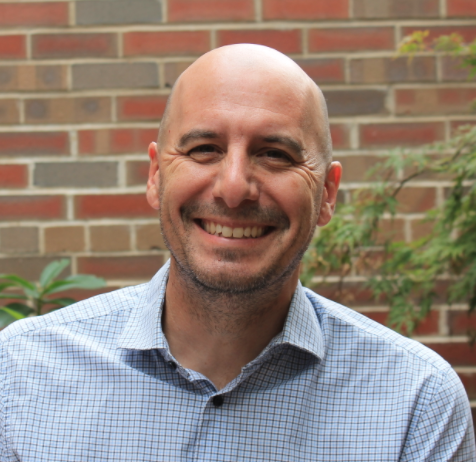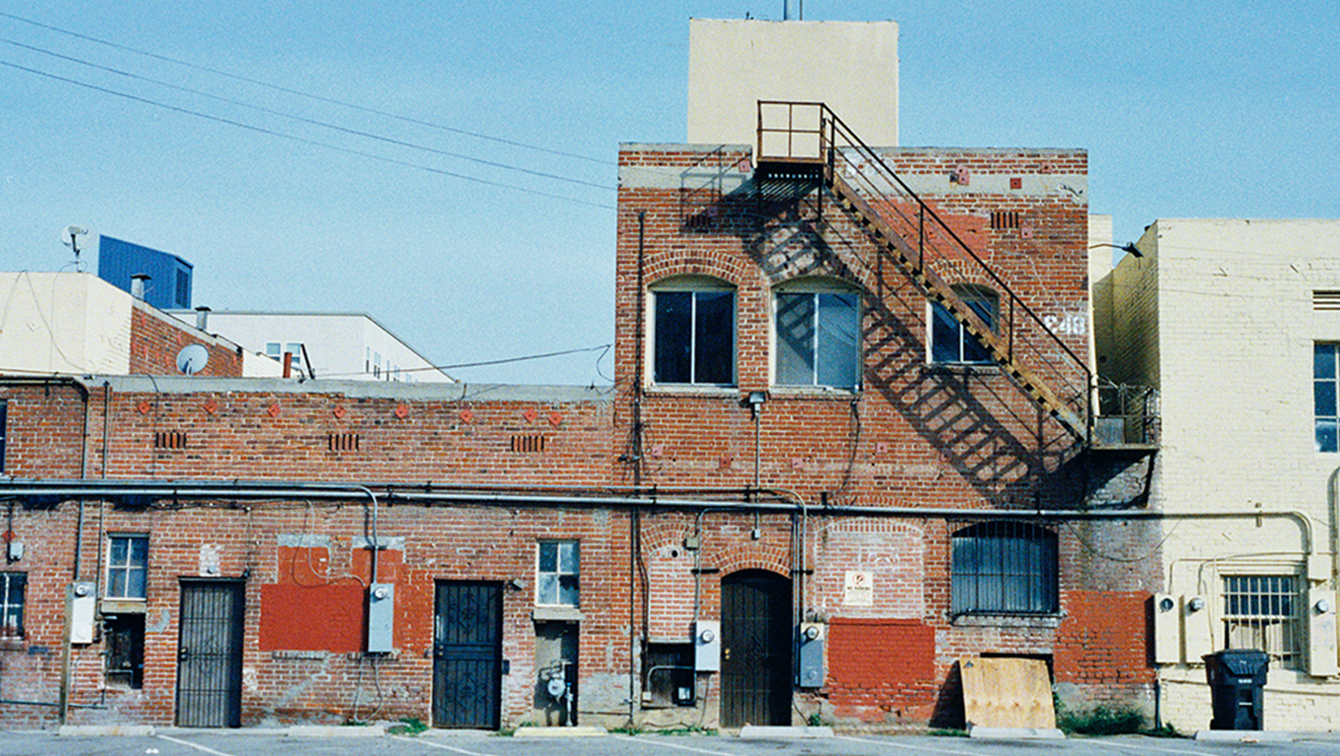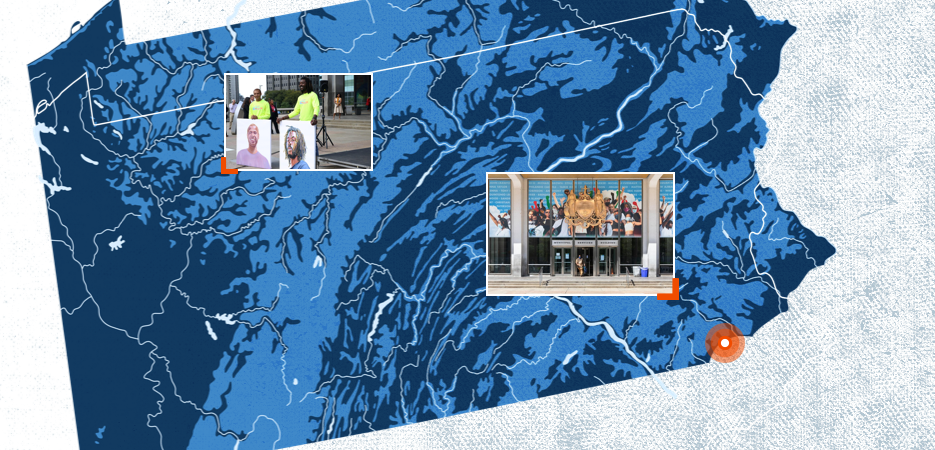We can learn a lot from the city of Long Beach in California about how best to keep people from falling through the cracks in our criminal justice systems. That’s the crux of an extensive new case study by the Urban Policy Institute on a Connection to Care (C2C) program focused on the city’s municipal jail.
John D. and Catherine T. MacArthur Foundation funded the initiative and the case study through its Safety and Justice Challenge.
The Safety and Justice Challenge seeks to reduce jail populations in communities around the country. Many participating cities and counties have jails that can hold thousands of people, but Long Beach’s municipal jail holds just 200 people who are often released in fewer than 72 hours before going to a county facility. They are in many cases people without housing who cycle in and out of the city’s jail and back onto the streets. They often struggle with behavioral health issues like substance abuse disorders and mental health diagnoses. And they are arrested for low-level crimes on a repeated basis.
Long Beach’s initiative is simple, yet, at the same time, quietly revolutionary. It doesn’t involve high-priced consultants or elaborate new care models. It is often as simple as getting people a taxi from the city jail in Long Beach to drug treatment or to a homeless shelter when they are released. Yet in some cases the C2C model pioneered in Long Beach has been sufficient to help people who have languished in the same destructive cycle for decades, getting them off the streets and into supportive services.
More than anything else, the program encourages people in the criminal justice system who have historically been operating in silos to talk to each other. It gets them to collaborate and work together in new, mutually beneficial ways.
In the case of this program, two of the biggest challenges to overcome were signing a contract with a taxi firm to provide rides, which took several months; and figuring out how to release people from the city jail to coincide with intake at the shelters and rehabilitation centers.
In other places, people are given a bus pass or a metro card when they are released from city jails. The idea is to get people on their way, and in many cases to get them to drug treatment or supportive housing. But some people do not follow through, instead falling through the cracks.
The C2C pilot was one element of a broader collaborative strategy developed by the City of Long Beach. The goal was to work more effectively with people who were repeatedly arrested, often because of a lack of housing. In 2015 the city developed the Public Safety Continuum, a collaboration between the Long Beach Police Department, the Long Beach Fire Department, and other municipal government partners including the city prosecutor’s office and Long Beach Department of Health and Human Services. Its research led to the city creating the Justice Lab at the start of 2018, to improve approaches for people who were cycling in and out of jails.
Foundational to the Justice Lab’s overarching strategy was the creation of the Multidisciplinary Team (MDT), which the Justice Lab manager oversees. It brings together city and county safety, social service, and behavioral health departments monthly to better coordinate the provision of mental health, substance abuse, and homelessness services for high-frequency users (HFUs) of the system.
The nine-month C2C pilot was a key strategy to enhance the city’s continuum of responses, and a way of addressing a critical gap in that continuum. Since 2015, Long Beach had been cultivating a range of responses to the needs of people coming into frequent contact with the city’s justice system, human services, and behavioral health systems. It based this effort on the Sequential Intercept Model, which helps jurisdictions systematically address how community-based responses can serve people with mental and substance use disorders involved in the justice system.
The foundational intervention for engaging HFUs at the jail intercept is the “clinician in jail” pilot program, which began in April 2018. The program embeds a mental health professional in the Long Beach City Jail to assist people incarcerated there and connect them to services to prevent additional jail bookings. The clinician is employed by the Guidance Center, a community-based mental health services provider. During the initial six-month pilot, the clinician met with 297 people and provided 214 referrals, primarily to mental health services (33 percent of referrals), substance abuse services (19 percent), and homelessness services (32 percent; Long Beach Justice Lab 2019).
The Long Beach Police Department, which operates the jail, committed to funding the clinician program during its second year. However, despite the good work the clinician did, the actual rate of connection to referred services upon release was disappointingly low because of challenges like the lack of transportation at the point of release. The C2C pilot was conceived to address this gap. And the results were impressive, even through COVID-19.
147 rides were provided in the program’s first ten months, primarily to emergency shelters and behavioral health treatment centers.
You can download and read the case study, Connection to Care in a Municipal Jail Setting, by clicking here. It includes client success stories and more detail on overcoming challenges.
The Multidisciplinary Team meetings provided a forum for strategic and client-level collaboration. Perhaps the greatest testament to the strength of the C2C collaboration was the partnership’s ability to reallocate resources and become more successful in engaging clients even as the city’s pandemic response disrupted the pilot’s jail-based components.
By replicating Long Beach’s step-by-step work, other jurisdictions can use data to understand their own challenges and develop the collaborative relationships and add priority system capacity to better meet them.









